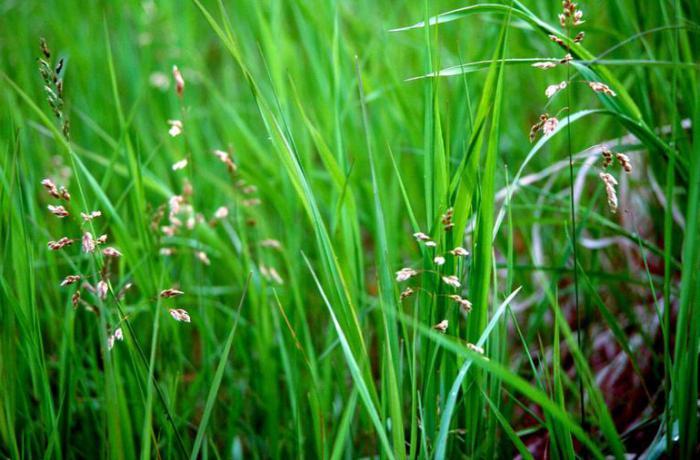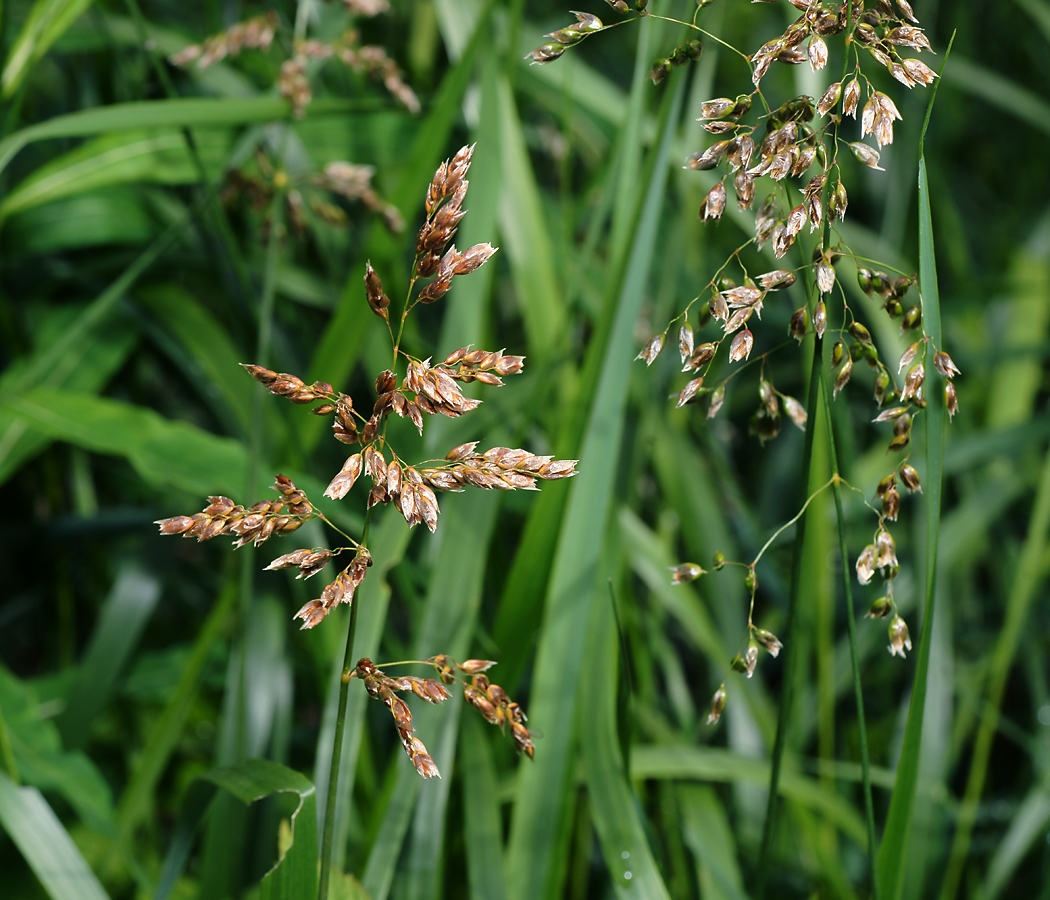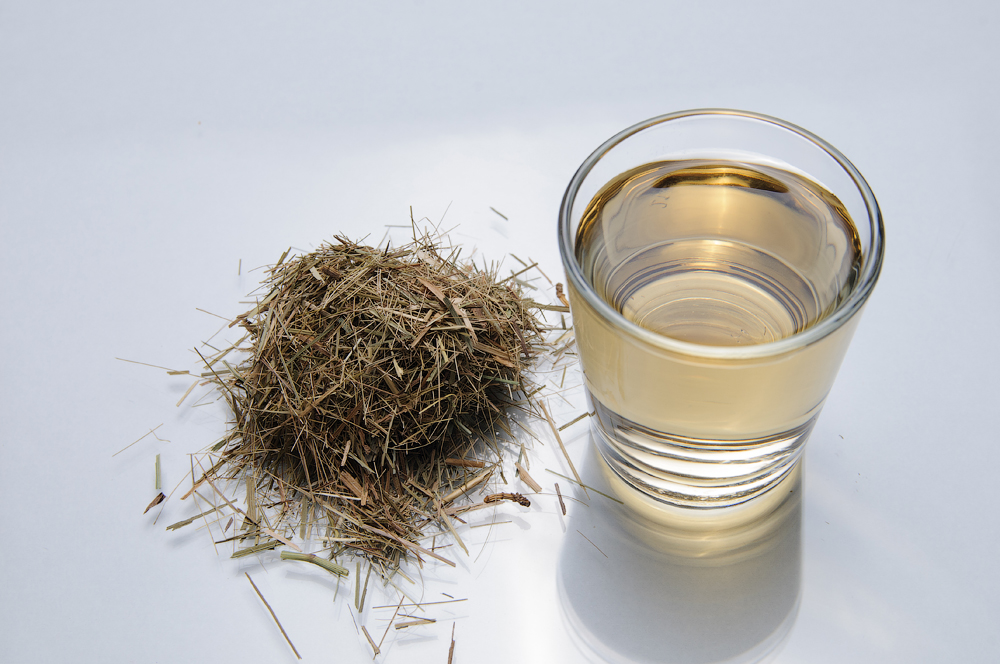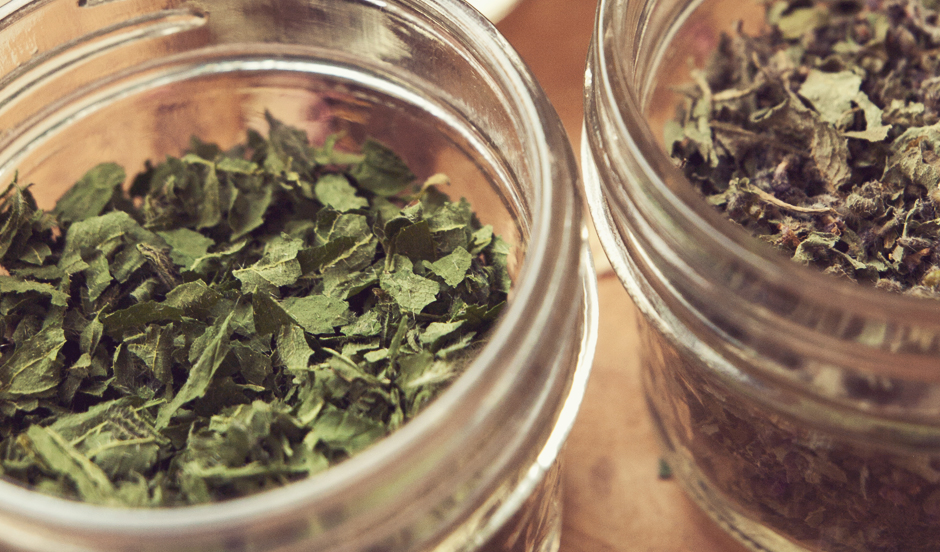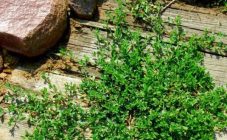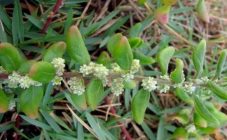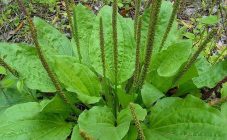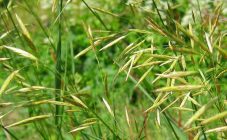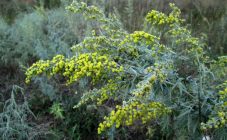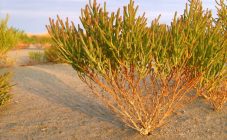Content:
Nature has endowed humanity with medicinal plants. Their list is quite large, this list includes bison grass, which has long been used in folk recipes. In Russia, vodka was infused with grass, giving it healing properties and a pleasant aroma. To have a useful bison in your first-aid kit, you need to learn to distinguish it among a wide variety of plants.
Description of culture
Zubrovka belongs to the Myatlikovs (Zlakovs) family, popularly received colorful names: lyadnik, fragrant chapoloch, turovka. The English call the plant "sweet grass", which is true (despite the presence of bitterness). Because of this feature, the bison became a favorite delicacy for bison, from where the plant itself got its name.
Sometimes you can hear another name - creeping bitterness (apparently because of its specific taste). But this is not correct, because the plants belong to different families. Grass gorchak is a representative of Compositae (Astrovich), similar to bison with a number of medicinal properties. In order not to confuse these 2 plants, it is worth taking a close look at how bitter grass looks like.
Description of bison and gorchak
| Plant parts | Zubrovka | Creeping gorchak |
|---|---|---|
| Rhizome | Long, creeping, branched, with bundles of thin vertical roots, collected in knots | Rod, long, vertical, with lateral offspring roots |
| Stem | Naked, smooth, erect, 30 to 120 cm high, knotty | Strongly branched, erect, ribbed, 70-150 cm long |
| Leaves | · Bottom green, top with a gray tint; · Basal pointed lanceolate, up to 50 cm long; stem - linear-lanceolate, up to 3 cm | Hard, pointed. Can be oblong and nearly linear |
| Flowers | Loose, elongated-ovate panicles, consisting of inflorescences-spikelets of a silvery-brown shade | Baskets are collected in paniculate inflorescences, placed on the crown of the stem and lateral branches. Have a deep pink tint |
| Fetus | Dark brown caryopsis with small seeds | Ovate-reverse smooth achene |
The flowering time also differs in plants. Zubrovka smells sweet in May, in June it already sheds its seeds, after which the stem dies off. Gorchak blooms throughout July and August.
You can also distinguish herbs by smell - bison has a pleasant fragrant aroma.
To make harvesting of useful raw materials, you need to know where the bison grass grows. You can meet her on the roadsides, in meadows, steppes, but most often in forest glades all over the world.
In Russia, bison is widespread not only in the European part. The grass tolerates cold well, so you can find thickets of the lover in Siberia and the Far East.
Varieties
In nature, there are more than 30 varieties of bison, the most common are only 3 types:
- fragrant, with the strongest aroma;
- steppe, the most common in Russia;
- southern, found in the western part of the country and is a rare species; it is it that is most often used in the food industry.
Reproduction
If there is a desire to breed a plant in a summer cottage, you can collect fruits in June. At the same time, take into account that the seeds are very small, it is inconvenient to plant them in the soil.If this method is chosen, then the planting material is buried no more than 1.5 cm. The first shoots will appear in 10 days, but the grass will grow slowly.
The best breeding method is by dividing the bush. It is necessary to cut off part of the rhizome with the knot from which the roots grow, and, first, plant it in a container. Then the resulting seedlings are sent to open ground.
The cultivation of medicinal herbs is not difficult. The bison grows quickly and in one growing season is capable of planting greenery on a large territory. It is sufficient to provide a light draining soil and a little shading.
In care, the grass is unpretentious, except that it will be necessary to water the plantation from time to time if the summer is dry. On depleted soils, periodic feeding is needed.
The peculiarity of the plant to root well is sometimes used to strengthen steep slopes and embankments.
Culture properties
For medical purposes, the aerial part of the plant is used. It contains a large amount of vitamin C, organic acids, alkaloids, bitterness, umbelliferone and coumarin. It is the presence of the latter that endows the bison with a pleasant aroma. The composition of mineral elements is superior to many herbs.
Application
Alcohol tinctures and water infusions are made from raw materials. Applying fresh herb to the wound can quickly stop the bleeding (thanks to coumarin). Each component of the composition has its own value:
- bitterness stimulates appetite and improves the digestive tract;
- alkaloids help to maintain muscle tone;
- acids act as antioxidants, but they also perform other functions:
- ascorbic - strengthens bones and tissues, participates in the metabolic process;
- ferulic - heals the skin and protects it from the effects of ultraviolet radiation, contributing to the prolongation of youth.
- a large amount of vitamins and minerals helps in the treatment of viral diseases, stimulating the removal of infection through profuse sweating;
- infused herb trays help to quickly get rid of foot fungus.
It is also worth highlighting the antiseptic and antibacterial properties of bison. Herbal preparations normalize heart activity and calm the nervous system.
Other uses of the herb
Herbal decoctions are used in home cosmetology to care for problem skin. The products also help in strengthening the hair.
Zubrovka is also used in the food industry. It is added to the composition of spices, put in marinades, canned fish and used in confectionery. The French prefer to add aromatic herb to some sauces.
The tincture of the same name has been known in Russia for a long time and continues to enjoy popularity in our time. Poles introduce bison into honey liqueurs.
The herb is added as a fragrance even to tobacco. In pharmacies you can find bison essential oil with a characteristic smell of freshly cut hay.
In small quantities, bison is introduced into livestock feed. It is especially useful for dairy goats and cows to increase milk yield. But you should not get carried away with such an additive - you can provoke poisoning of the animal.
Contraindications
Some of the components of the medicinal composition of bison can cause an allergic reaction. Therefore, sensitive people need to use weed with caution. There are also serious contraindications to the use of bison:
- can not be used in acute stages of gastrointestinal diseases;
- with insomnia and severe neuroses;
- because of coumarin - to pregnant women.
Essential oil should be used with care in aromatherapy. It cannot be combined with other drugs that include coumarins.
Overdose causes severe headaches and provokes the development of protracted migraines. Having found such symptoms in yourself, you must immediately seek medical help.
About diseases and pests
How to dry and store grass
Only grass goes into the harvest - the rhizomes are not touched. The collection of bison should be carried out during the flowering period, which falls on May. Barren shoots are selected, they are cut with a sharp knife above the brown basal leaves.
At home, the grass is sorted out, flower panicles are removed and laid out in one layer in a shaded, ventilated place: on the street under a canopy, on the veranda or attic, spreading a clean newspaper and cloth.
You can also bundle the branches and hang them. Dry bison is packed in canvas or paper bags. For the convenience of storage, it is desirable to grind the raw material.
Official pharmacology does not introduce bison into any medicinal product, classifying the raw materials as life-threatening. Despite the healing properties of the plant, one should not get carried away with folk recipes. If necessary, do this only under the supervision of your doctor.
